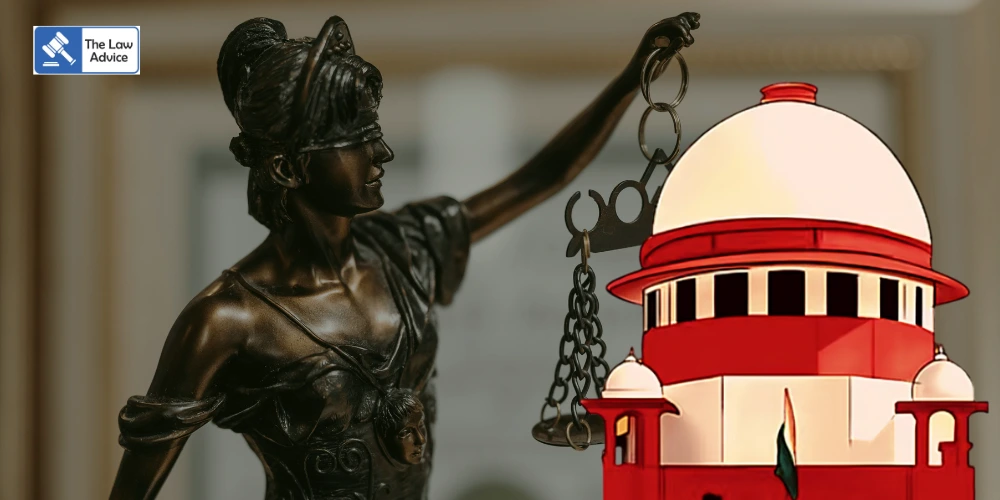
The Supreme Court on Friday directed that status quo be maintained with respect to the historic tomb of David Yale and Joseph Hynmers, which is located in the premises of the old Law College within the Madras High Court campus.
The order was passed by a Bench of Justices Vikram Nath and Sandeep Mehta, which issued notice in a petition filed by Senior Advocate T. Mohan challenging the Madras High Court’s directions to relocate the tomb.
Appearing for the petitioner, Senior Advocate Shyam Divan argued that the High Court erred in ordering the relocation of the structure by holding that it did not qualify as an “ancient monument.” He drew the Court’s attention to a Government notification dated January 20, 1921, issued under Section 3 of the Ancient Monuments Preservation Act, 1904, which had already declared the tomb as a protected monument.
Divan stressed on Section 3(4) of the 1904 Act, which states:
“A notification published under this section shall, unless and until it is withdrawn, be conclusive evidence of the fact that the monument to which it relates is an ancient monument within the meaning of this Act.”
He submitted that since the 1921 notification had never been withdrawn, the monument’s status as “ancient” stood conclusively established. Therefore, no judicial forum could question its character unless the notification itself was challenged and quashed.
Further, Divan pointed out that post-independence, the legal protection afforded to the tomb became even stronger under the Ancient Monuments and Archaeological Sites and Remains Act, 1958, which treats such monuments as monuments of national importance.
The tomb was built by Elihu Yale, Governor of Madras from 1687 to 1692 (after whom Yale University in the USA is named), in memory of his son David Yale and his close associate Joseph Hynmer. The structure, now over 100 years old, has been standing within the Madras High Court campus for centuries.
The controversy began in 2022, when a litigant, B. Manoharan, approached the Madras High Court seeking a declaration that the tomb was not an ancient monument and requesting its relocation. He contended that the tomb had no archaeological value under the 1958 Act and that its presence was obstructing the High Court’s development plans.
Specifically, the High Court administration had drawn up a project to convert the old Law College building into court halls and to construct a multi-level parking facility in the open area. However, the project could not progress due to the existence of the tomb.
In July 2023, a Single Judge of the High Court accepted Manoharan’s plea and directed that the tomb be relocated. The Court held that mere longevity—existence for more than 100 years—was not sufficient for the structure to be considered a “protected monument” under the 1958 Act.
Subsequently, a Division Bench of the High Court upheld the Single Judge’s order, reiterating that the tomb did not meet the statutory criteria for protection.
Aggrieved by these rulings, petitioner T. Mohan approached the Supreme Court, leading to the present order of notice and status quo.
With the Supreme Court’s intervention, the relocation order has been put on hold. The structure, therefore, will remain undisturbed until the apex court finally decides on the matter.
Case Title: T. Mohan v. B. Manoharan & Ors., Diary No. 26324-2025
Website designed, developed and maintained by webexy